Japanese Delights
Okonomiyaki
Imagine biting into a crispy, savory pancake bursting with flavors and textures. That's the magic of okonomiyaki, a beloved Japanese street food that's taken the culinary world by storm. Originating from Osaka, this dish embodies the spirit of creativity in cooking, allowing you to craft a meal that's uniquely yours.
Chef's Notes:
- Okonomiyaki is a flavorful Japanese dish that combines a savory pancake base with an array of toppings
- The recipe is incredibly versatile, allowing for endless customization to suit individual tastes
- With simple ingredients and easy preparation, okonomiyaki is an ideal choice for a fun and interactive meal
What is Okonomiyaki?
Think of okonomiyaki as a culinary canvas. At its heart, it's a pancake made from a simple batter mixed with shredded cabbage. But that's just the beginning. The real fun starts when you add your favorite ingredients, transforming this humble base into a gastronomic masterpiece.
Okonomiyaki is more than just a meal; it's an experience. It's a dish that invites experimentation, perfect for those nights when you want to get creative in the kitchen. Whether you're a meat lover, seafood enthusiast, or vegetarian, there's an okonomiyaki variation for you.
Ingredients for Okonomiyaki
To create your okonomiyaki adventure, gather these basic ingredients:
- 1 cup all-purpose flour
- 3/4 cup dashi (or vegetable stock for a vegetarian option)
- 2 large eggs
- 1/2 head of cabbage, finely shredded
- 2 green onions, thinly sliced
- 1/4 cup tenkasu (or crushed rice crackers as a substitute)
- Neutral oil for cooking
For the toppings:
- Okonomiyaki sauce (or a mix of ketchup and Worcestershire sauce)
- Japanese mayonnaise (or regular mayo with a squeeze of lemon)
- Aonori (or finely chopped nori sheets)
- Katsuobushi (or bacon bits for a non-traditional twist)
- Pickled ginger (or thinly sliced fresh ginger)
How to Make Okonomiyaki
Let's dive into the fun part - making your okonomiyaki. Follow these steps for a delicious result:
1. Mix the flour and dashi in a large bowl until you have a smooth batter.
2. Crack in the eggs and whisk until well combined.
3. Gently fold in the cabbage, green onions, and tenkasu. Your mixture should look more like a vegetable slaw than a typical pancake batter.
4. Preheat a non-stick pan or flat griddle over medium heat and add a touch of oil.
5. Scoop about a quarter of your mixture onto the pan, shaping it into a round pancake about half an inch thick.
6. Let it cook undisturbed for 3-4 minutes, or until the bottom turns a beautiful golden brown.
7. Flip it carefully and cook the other side for another 3-4 minutes.
8. Slide your creation onto a plate and get ready for the best part - adding toppings!
The Art of Topping
Now comes the moment to unleash your creativity. Start with a generous drizzle of okonomiyaki sauce, creating a tempting zigzag pattern across your pancake. This sweet-savory sauce is the cornerstone of the okonomiyaki experience.
Next, add some squiggles of Japanese mayonnaise. The creamy texture and tangy flavor provide a delightful contrast. Sprinkle aonori and katsuobushi over the top, watching in delight as the heat makes the bonito flakes perform their mesmerizing dance.
Finish with a small mound of pickled ginger on the side. Its zesty kick helps cut through the richness, creating a perfectly balanced bite every time.
Variations on the Classic
While the traditional okonomiyaki is a treat in itself, don't be afraid to explore different styles:
Hiroshima-style Okonomiyaki: This version takes a layered approach, with ingredients stacked rather than mixed. It also incorporates yakisoba noodles for extra heartiness.
Negiyaki: For green onion lovers, this thinner variant uses an abundance of scallions in the batter.
Modan-yaki: This modern twist mixes yakisoba noodles directly into the batter before cooking, creating a unique texture.
Feel free to let your imagination run wild! Try adding unexpected ingredients like corn, mozzarella, or even leftover curry for a fusion twist.
Making it a Meal
While okonomiyaki can certainly stand alone as a satisfying meal, you can create a full Japanese feast by adding a few accompaniments. A light miso soup and a crisp green salad make perfect partners. And don't forget the drinks - a frosty beer or a cup of sake complements the rich flavors beautifully.
Nutrition Facts
Here's a general idea of what you're getting in each serving of basic okonomiyaki:
-
- Calories: 350
- Protein: 10g
- Fat: 15g
- Carbs: 45g
- Fiber: 4g
- Sugar: 6g
Remember, these values are approximate and can change significantly based on your choice of ingredients and toppings.
Tips for Perfect Okonomiyaki
Mastering the art of okonomiyaki takes a bit of practice, but these tips will help you on your way:
- Resist the urge to overmix the batter. A few lumps will give your pancake character.
- Ensure your pan is properly heated before adding the batter. This is the secret to achieving that irresistible crispy exterior.
- Practice patience while cooking. Allow each side to reach a beautiful golden brown before flipping.
- Don't be afraid to try new combinations of toppings and fillings. You might stumble upon your new favorite recipe!
Okonomiyaki isn't just food; it's a culinary adventure. The joy of creating it is matched only by the pleasure of eating it. It's an ideal dish for bringing people together, whether for a family dinner or a gathering of friends. So why not embark on your okonomiyaki journey today? You might just discover a new passion!
FAQs
What does okonomiyaki taste like?
Okonomiyaki is a flavor explosion in every bite. The pancake base is savory with a hint of sweetness, crispy on the outside and tender within. The toppings add layers of complexity - umami from the sauce, richness from the mayo, and a delightful mix of textures. It's a harmonious blend that's uniquely satisfying.
Can I make okonomiyaki without dashi?
Absolutely! While dashi adds an authentic depth of flavor, you can substitute it with water or vegetable stock. If you're looking for a vegetarian option, try using kombu dashi instead of the traditional bonito-based version. Each variation will give your okonomiyaki a slightly different character.
How do I store leftover okonomiyaki?
If you somehow end up with leftovers, store your okonomiyaki in an airtight container in the fridge for up to two days. When you're ready to enjoy it again, reheat it in a pan over medium heat or in a 350°F (175°C) oven until it's warmed through. For the best experience, add fresh toppings after reheating to maintain their texture and flavor.







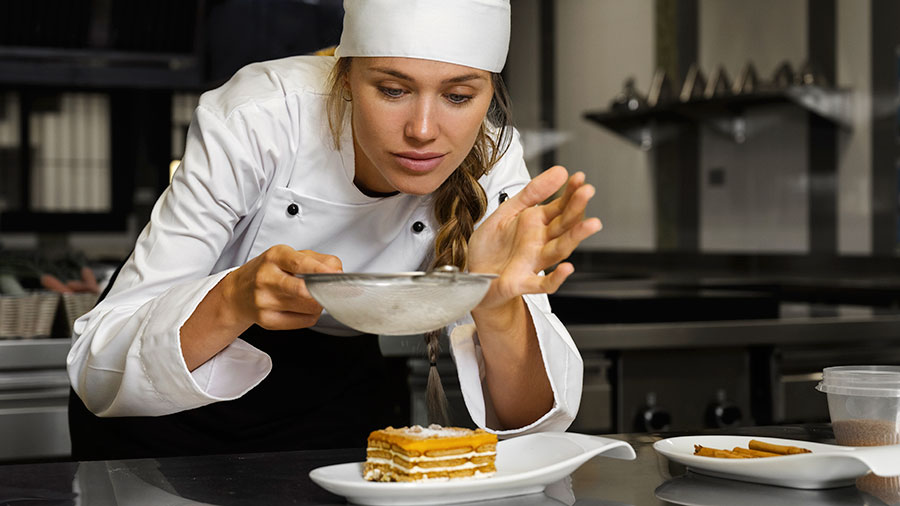

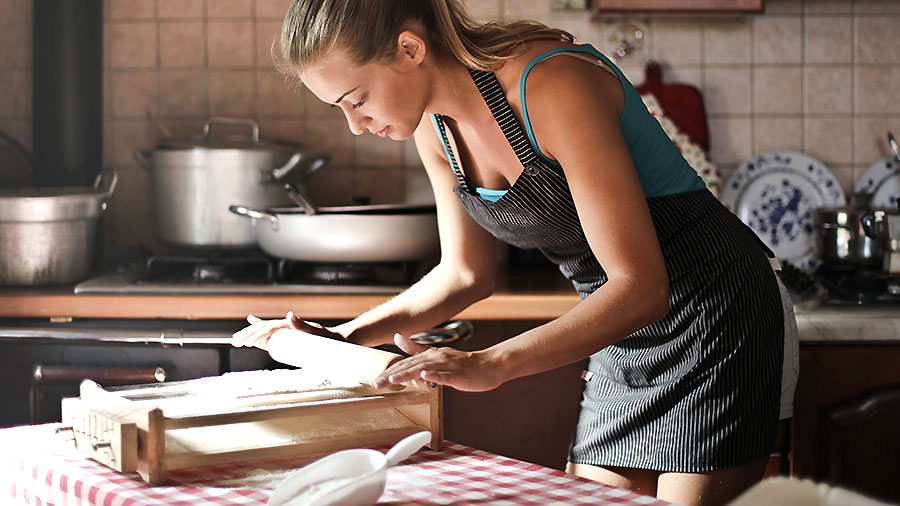

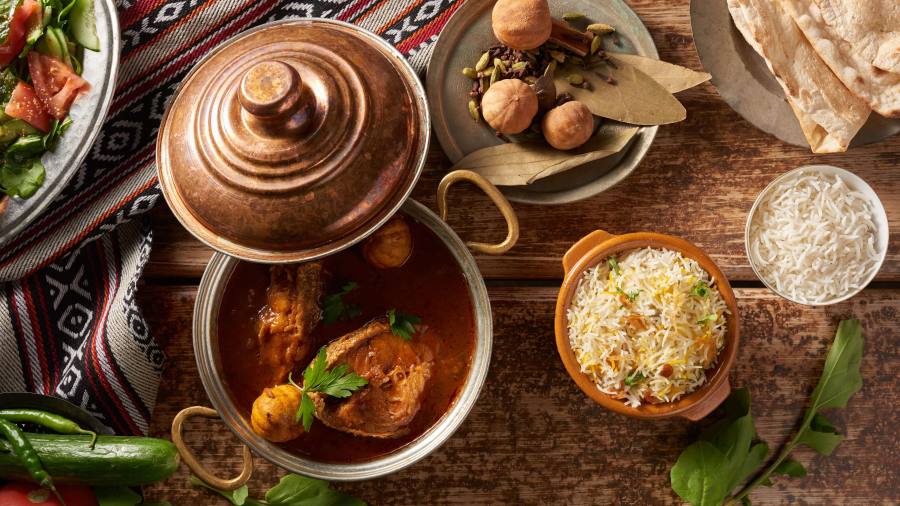





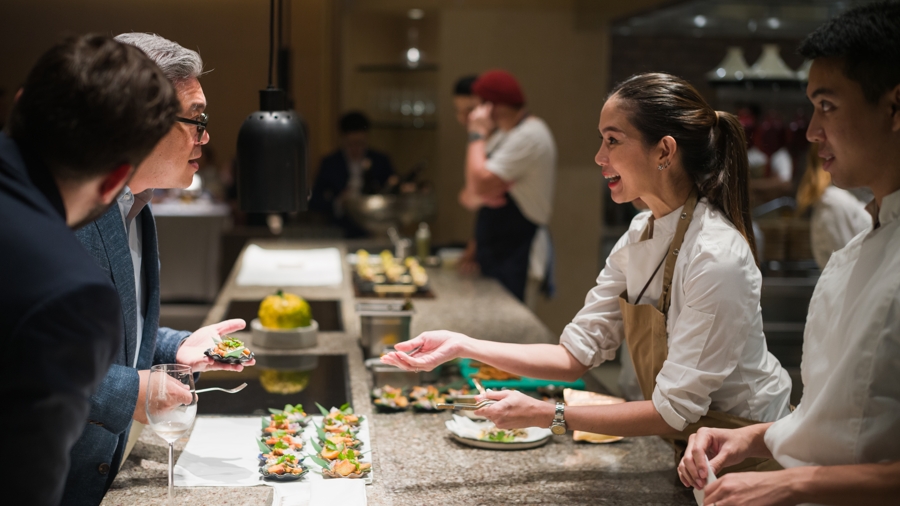


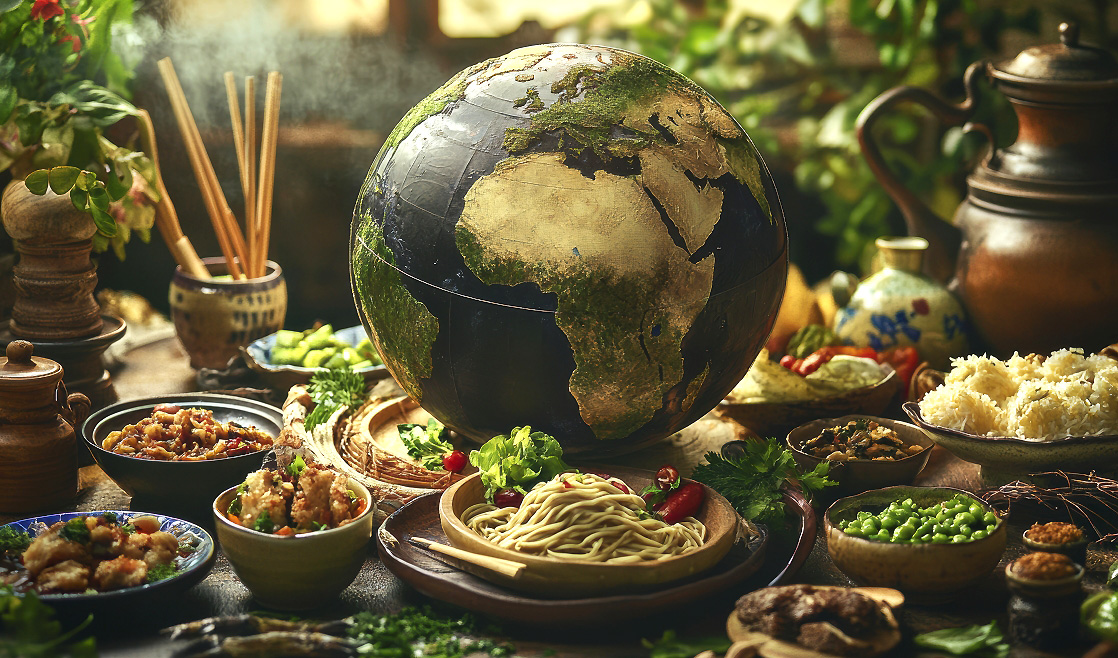





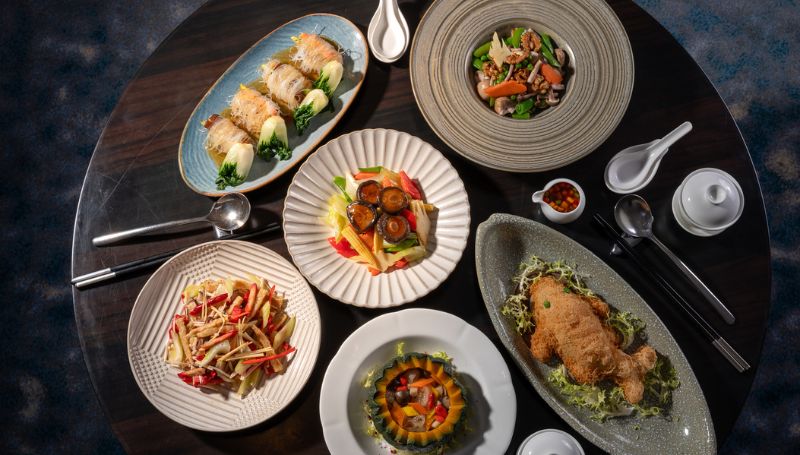
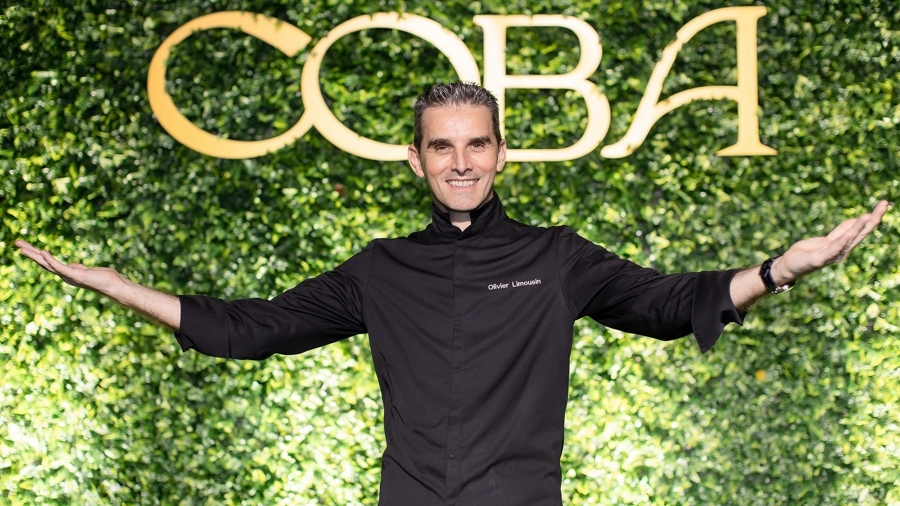

 Gastronomy Cities
Gastronomy Cities
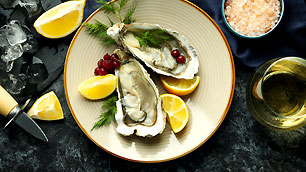 Amazing Food
Amazing Food
 Chef's Talk
Chef's Talk